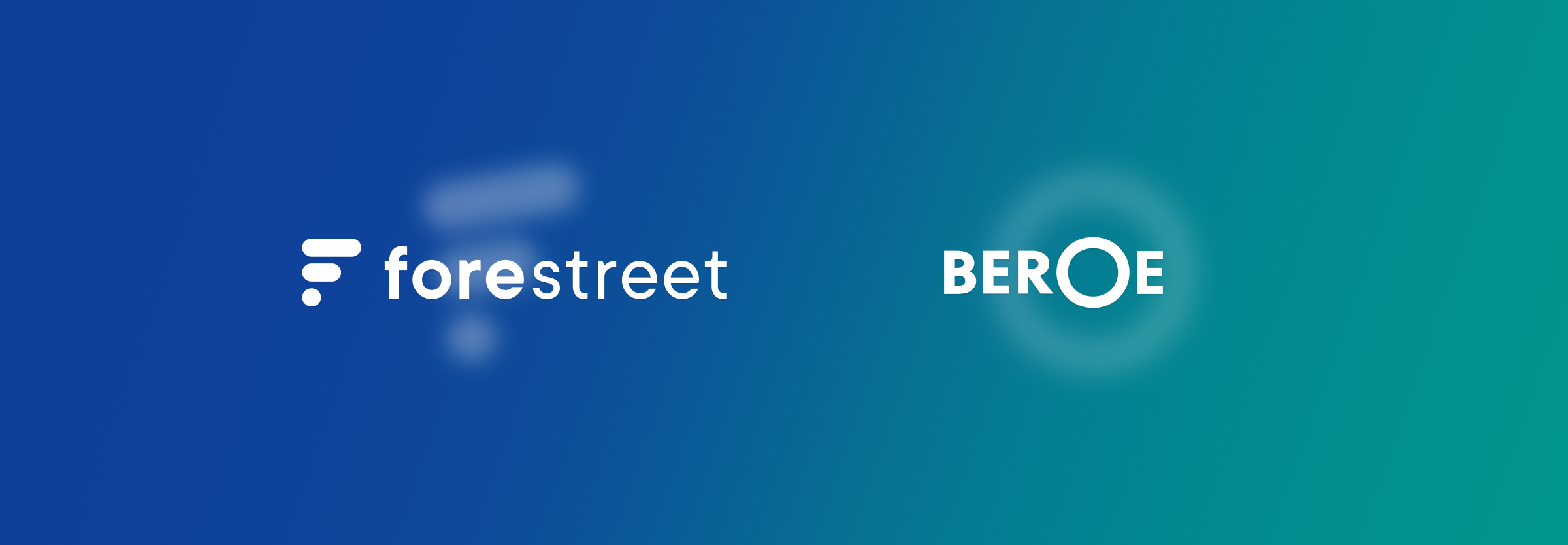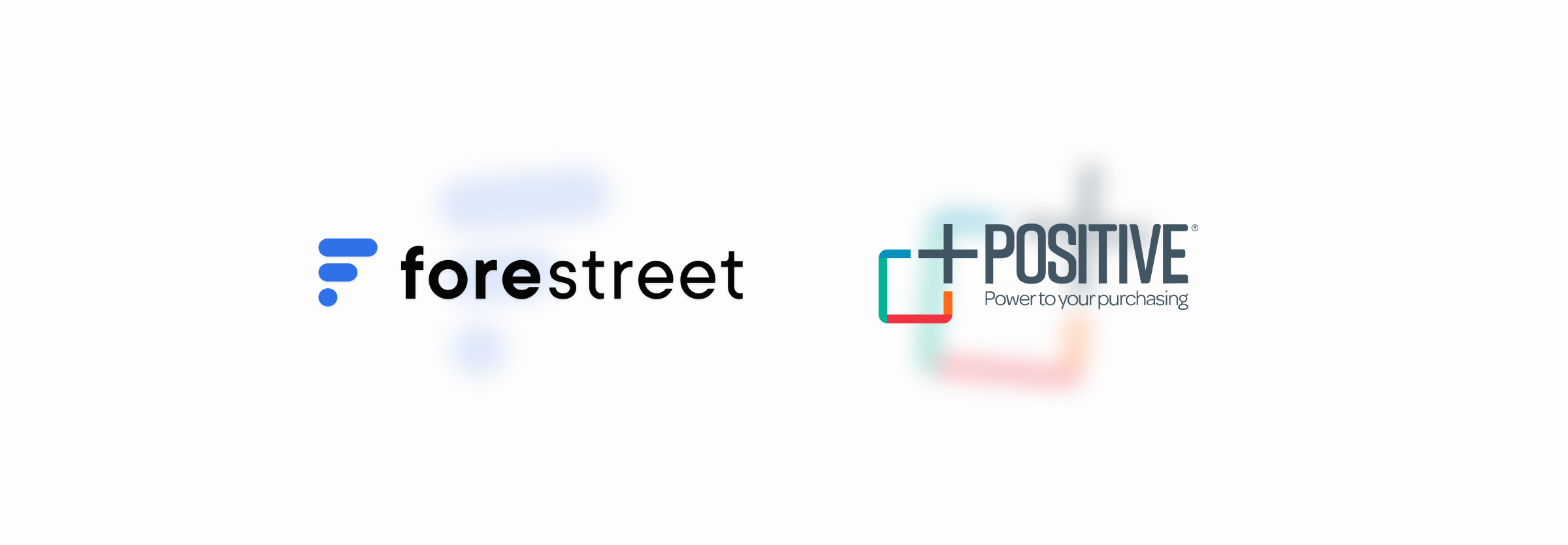Quiet quitting was one of the words of the year for 2022. But now the hype has worn off, we decided to take a step back and explore some of the potential technology solutions promoted last year in response to this trend. Can these help improve employee experience, or will they only worsen workers’ concerns?
We used our AI-driven tool to map out the range of technology solutions in this space. Here’s what we found.
The many faces of quiet quitting
Quiet quitting refers to an employee doing the minimum required for their defined role during working hours and refusing to go “above and beyond”. Exploding into public attention through TikTok, the #quietquiting hashtag has more than 435 million views at the time of writing. And quiet quitting was one of Collins Dictionary’s 10 words or phrases of the year for 2022.
The name may be deceptive, as many feel quiet quitting should not be called quitting at all: it is just a matter of doing your job and opting out of the hustle. But quiet quitting can also be seen as a symptom of poor employee wellbeing.
Different drivers of quiet quitting motivate different solutions and a range of technology providers are positioning their software as a response to this trend. But employers seeking to implement technological solutions to quiet quitting should be careful not to simply exacerbate the problems.
Our study found over 150 vendors, from which we identified five key groupings of software.

Here are some other insights we found.
Invasive monitoring is gaining traction
Employee monitoring and tracking services are one category currently seeing high growth and market interest. Concerningly, Forestreet momentum indicators find the more invasive tracking and monitoring services are receiving strong interest within this category. These can include keystrokes monitoring, screenshots and even video recording. This is despite privacy concerns and potential threats to employee wellbeing and mental health.
Getting theatrical with digital presenteeism
These employee monitoring tactics may also be fueling a culture of presenteeism and a rise in ‘productivity theatre’. Remote employees waste significant time demonstrating to colleagues that they are working; often at the cost of actually doing their work. This can include attending unnecessary meetings, liking and responding to comments in team chats and making sure the Microsoft Teams toggle stays green. This focus on presenteeism prevents the option of asynchronous work, reducing productivity and increase the risk of burnout. Indeed, a study by Qatalog and GitLab found that workers waste an extra 67 minutes a day due to the pressures of digital presenteeism.
Everybody’s talking about feedback
Feedback tools are increasingly being bundled into the functionality of employee engagement platforms and can be seen as a simple way to add value, as employers realise the importance of regular check-ins. For example, over half the companies in our study include feedback functions. This is despite only a fraction of these predominantly identifying as a feedback tool. These range from ‘pulse surveys’, which capture regular overviews of employee sentiment, to software facilitating deeper 1-1 meetings.
It’s a balancing act
Another point to consider is how different software interacts – and this isn’t always effectively. One example is the impact of collaboration tools on productivity and focus. ActivTrak 2022 State of the Workplace survey found that collaboration tools interrupt employees an average of 70 times per day, accounting for 21% of distractions. As a result, deep work is compressed into 14-minute sessions on average, and tasks requiring extended focus are pushed outside regular work hours. Companies could fruitfully combine these collaboration tools with productivity and focus software, to make space for deep work. But this requires a more integrated approach.
Companies are not slacking off
Many software vendors advertise that their productivity, wellbeing and engagement solutions can be embedded into a company’s Slack or MS Teams channels. This includes nudges, time management tools and mood icons. It also encourages teammates to flag employees at danger of burnout.
A holistic response will start with recruitment
Writing more accurate and granular descriptions, which outline job requirements in more detail, can help employees understand what they are expected to do at the outset. This can reduce the expectation to do extra work beyond their job requirements. And software to aid with this task is gaining popularity. There is also some cause for optimism that strategies recruiters are adopting to attract new talent align well with recommended responses to quiet quitting. These include focusing on employee development and upskilling, as well as enabling flexible working to ensure a better work-life balance.



